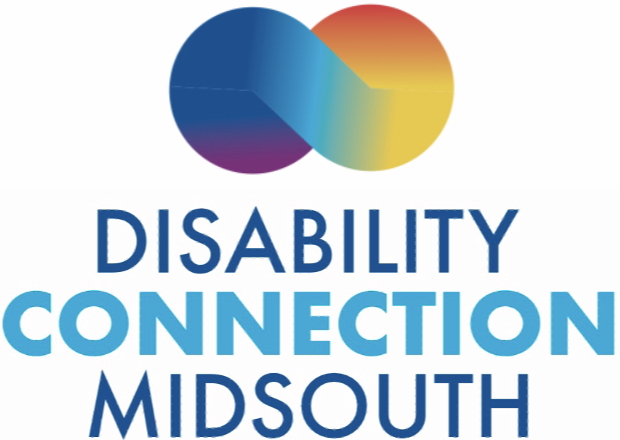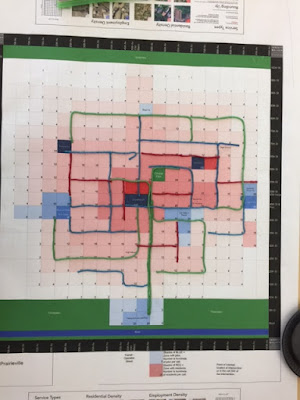Transportation decisions are not easy
By Christina Clift
In a town called Prairieville around fifty individuals were invited to create a public transportation system. Although the town is home to 250,000 residence, Prairieville is home to a university, several schools, shopping centers, a medical center, and housing for senior citizens.
The further north you travel in the town, the area is more prosperous. The downtown is thriving. Unfortunately like most cities Prairieville has a limited budget to spend on its public transportation system. So to maximize ideas ten groups were formed to demonstrate their thoughts on what and how the fixed route bus system would work.
Each group was given an allotted amount of buses with three different colors. Green to represent buses that would run once an hour, blue that represented buses that would run every thirty minutes, and red for buses that would run every fifteen minutes. Sounds simple right? Well, it wasn’t.
During a training on Monday, September 25, 2017, I participated in one of the groups creating a proposed fixed route bus system for Prairieville. In my group were local advocates from the Memphis Bus Riders Union, Citizens for Better Service, and a representative from MATA’s local union. So you would think that this would have been a simple learning exercise.
However we soon learned that compromises had to be made when you don’t have a lot of money to spend on building a public transportation system whether in Prairieville or Memphis. Some of those compromises included how frequently a bus should operate, how the bus route should run, and where could you cut service.
Currently 83 percent of Memphians have access to transportation at least some of the time, but the frequency of most buses is greater than thirty minutes. In other cities less people have access to transportation but their buses run more often. So, there is often a tradeoff between the amount of people covered by a bus system and the frequency of the buses.
In Prairieville our priority was to connect the residents to employment, seniors to the medical center, get children to school, and ensure that the downtown and university had frequent bus service. We tried to use as many blue and red routes to connect the different areas, but had to rely upon the green routes to funnel people from the residential neighborhoods in the south to opportunities in the north.
When we applied the same strategy to Memphis, we soon ran out of buses and there were parts of the city that did not have service including the Winchester, Germantown Parkway, and the airport. However, we brought back former routes like the 31 Crosstown and number 10 Watkins. All of our routes were either blue or red. We also made the decision to only create routes that served the city of Memphis and not the suburbs in the county.
“I can’t have my people looking at me, if they do not have bus service in their neighborhood,” stated Johny Mosley with Citizens for Better Service. And that is where the true difficulty lay in planning a public transportation system, who gets served and who doesn’t? Who gets very frequent service and who doesn’t? Who has to walk further to a bus stop and who doesn’t? Someone has to make those tough decisions and not matter what they decide everyone won’t be satisfied.
Over the next few months Memphians get to provide input on their vision for their public transportation system. Currently ridership is on the decline and that means less money for MATA. It also leads to cuts in service. One solution that could make a difference is by deciding whether or not MATA should put more emphasis on covering even more people or providing more frequent services on existing bus routes. Also, how far are we willing to walk to catch a bus.
Are you willing to walk a one-half mile verses one-quarter mile to have more frequent bus service? Let your opinions be heard in the months ahead and perhaps we can make a positive change in our public transportation system.
Finally, remember for those people who cannot take the fixed route bus due to their disability, paratransit service or MATAplus only runs within a quarter-mile when and where the fixed route runs. So, whatever decisions are made about the fixed route affects everyone with a disability.
Please take time to complete the transportation survey by clicking on the link below.
https://www.surveymonkey.com/r/MemphisTransitVision1
The training gave me a more realistic view of what employees at MATA do every time they change a bus route no matter how minor the change. It’s not as simple as it sounds nor is it as easy.



No comments:
Post a Comment